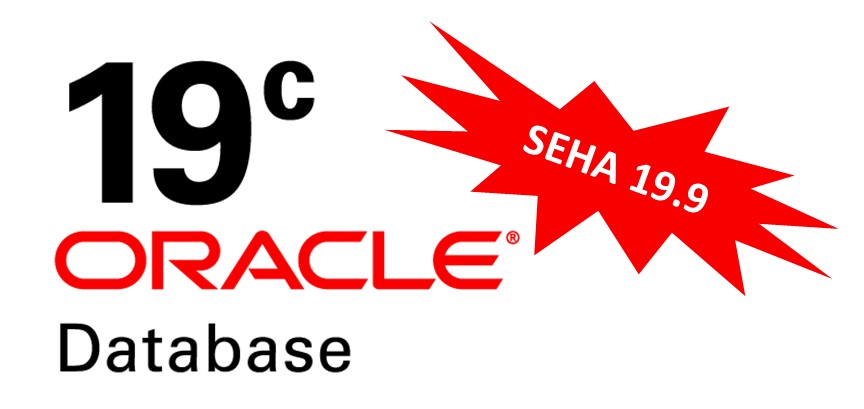A few years ago I wrote the post All You Need to Know about Oracle Database Patching, and I also presented a presentation about this topic a few time. But
Category: Features

An Issue with Automatic Flashback of Standby DatabaseAn Issue with Automatic Flashback of Standby Database
I dedicate this post to Pieter Van Puymbroeck, who left us way too early. I actually sent him details about this issue one day before I got the news of

All You Need to Know About Oracle Database ReleasesAll You Need to Know About Oracle Database Releases
When Oracle moved to the new Oracle database release model in 2018, some changes were introduced with it. I just realized that I haven’t blogged about it (even though I

Shrink Table and Fragmentation in Oracle, Part 2Shrink Table and Fragmentation in Oracle, Part 2
This is the second part of the article, in the previous part I explained how extent management and shrink table works. In this post I’ll dive into a problem that
Shrink Table and Fragmentation in Oracle, Part 1Shrink Table and Fragmentation in Oracle, Part 1
This is an article that was published in the past, however, it’s not available anymore so I decided to post it here. Fragmentation is a common issue which we try

Oracle SEHA – Failover When VIP Goes DownOracle SEHA – Failover When VIP Goes Down
Lately I’ve been writing about Standard Edition High Availability (SEHA). After publishing my introduction post about SEHA, I got a comment from Purav with a case I didn’t cover in

Oracle 21c New FeaturesOracle 21c New Features
Even though it’s not listed in the main documentation page, Oracle 21c documentation exists. I went to the New Features Guide and here is a compilation of some of the

Patching Oracle Standard Edition High Availability (SEHA)Patching Oracle Standard Edition High Availability (SEHA)
SEHA is a new Oracle Database 19c (>=19.7) feature to allow Standard Edition to integrate with Grid Infrastructure (GI) and allow a simple fail-over cluster option (after Oracle has removed
Testing Oracle Standard Edition High AvailabilityTesting Oracle Standard Edition High Availability
In this post I’ll continue discussing SEHA. If you don’t know what it is or you would like to read more about it, look at my previous post. I will
SEHA – Standard Edition High Availability in Oracle DBSEHA – Standard Edition High Availability in Oracle DB
During AIOUG Yatra conference, I attended a session by Markus Michalewicz about “Standard Edition High Availability”. This is a new feature in Oracle Database 19.7, after Oracle has removed Oracle
